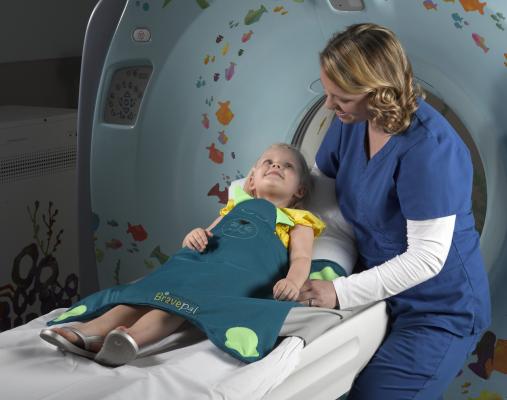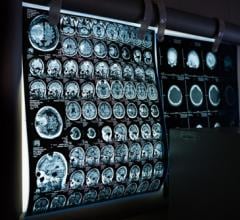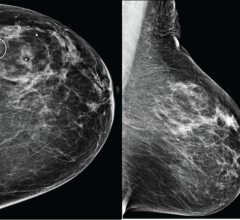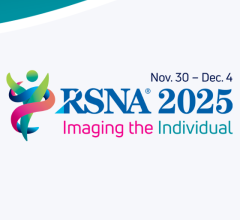
August 3, 2015 — Dramatic increases in pediatric emergency department visits for sports-related head injuries over the past decade are leading to high numbers of unnecessary computed tomography (CT) scans, according to new research. The aggregate result of this increase is higher radiation exposure and higher cost of treatment.
Fifty-three percent of patients studied received a CT scan, but only 4 percent of those actually had traumatic brain injuries (TBIs) on their CT scans. The new study was published online in the American Journal of Emergency Medicine.
"Research highlighting the risk of exposure to radiation from CT scans has prompted efforts to reduce variability in care by developing prediction rules to decrease inappropriate CT scan use in children with blunt head trauma, while reducing healthcare costs," said Todd Glass, M.D., division chief of emergency medicine at Nemours Children's Hospital and lead author of the study. "There is an opportunity for injury-prevention efforts in high-risk sports, and opportunities to reduce CT scan use in general by use of evidence-based prediction rules."
TBI is the leading cause of disability in children one year and older, and is a leading cause of pediatric death. The Centers for Disease Control and Prevention recently estimated that more than 2.6 million children 18 years or younger are treated in emergency departments for sports and recreation-related injuries, with approximately 6.5 percent being severe enough to be TBIs. CT scans can identify TBIs, but often don't catch milder head injuries and concussions.
Researchers studied 23,000 cases of children ages five to 18 who were admitted to 25 emergency departments in hospitals associated with the Pediatric Emergency Care Applied Research Network (PECARN) over a two-year period. This was a sub-analysis of a large study of more than 40,000 head injured children studied in PECARN led by Nathan Kuppermann, M.D., of University of California Davis Medical Center, and previously published in the Lancet. Key findings from the research include certain sports are far more likely to result in serious TBIs, with the highest rates found in equestrian events, snow sports (such as skating, skiing, sledding, and snowboarding), and wheeled sports such as rollerblading, skateboarding and scooter use.
Those wheeled sports, for example, had a hospitalization rate 10 times higher than that of team sports, according to researchers, who suggested that particular attention should be paid to injury prevention and protective gear in the highest-risk sports.
"When looking at what influences the physician's decision to conduct a CT scan on a pediatric patient with a sports-related head injury, outside actors like concern from parents, coaches or other members of the care team influence the decision," said Glass. "From our research, we encourage physicians to follow evidence-based criteria when considering conducting a CT scan on this patient population, such as those provided by the PECARN TBI prediction rules, while also considering the risk of particular sports to reduce unnecessary medical interventions."
Approximately 14 percent of the total injuries were sports-related, and in those cases, researchers found that CT scans were conducted on 53 percent, or 1,743 patients, while only 69 of them had suffered from TBIs. A large percentage of the patients who received CT scans were actually at low risk and could have been observed for a period of time prior to deciding whether a CT was really necessary, the study said.
For more information: www.ajemjournal.com


 December 03, 2025
December 03, 2025 









